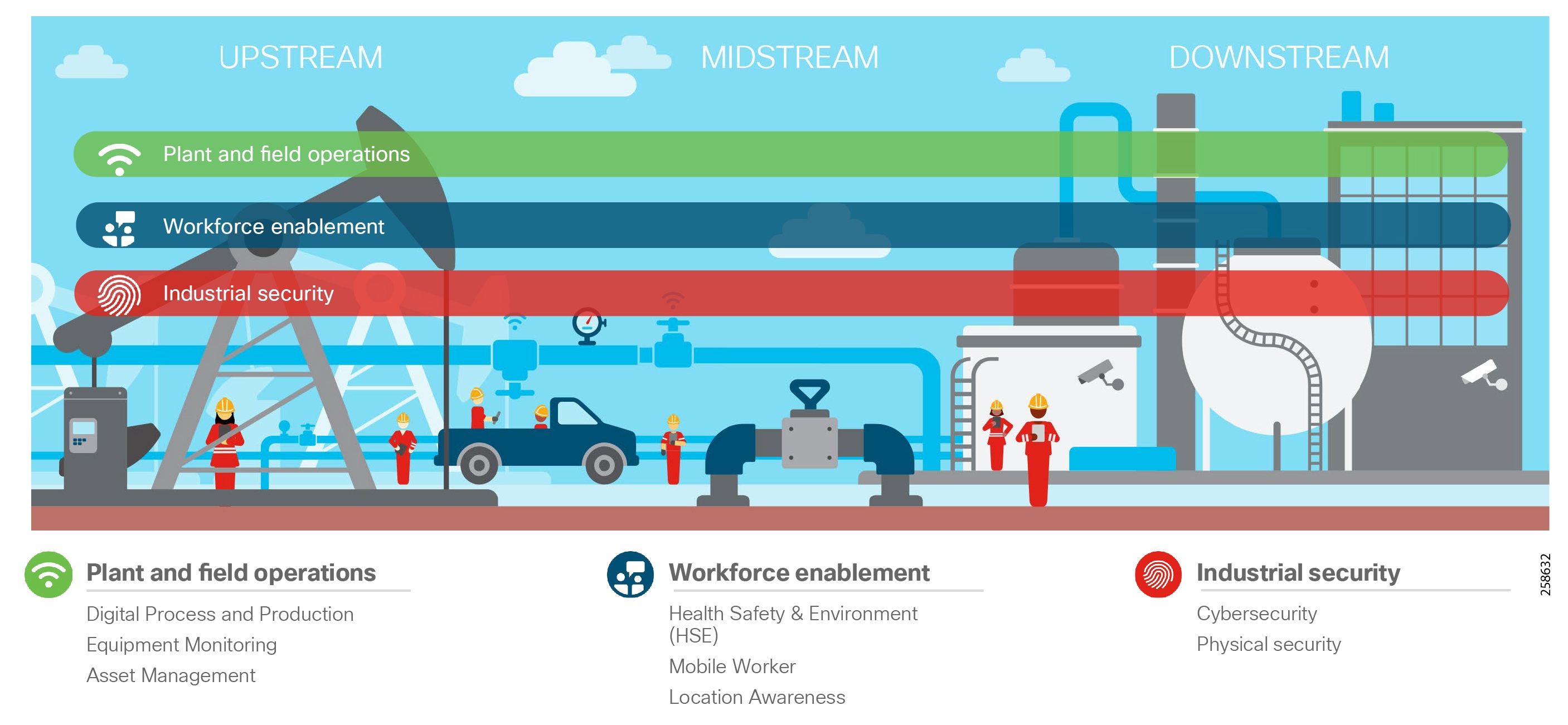Popular fashion sites slammed for hazardous materials in children’s clothes: ‘Can affect … growth and health’ – Yahoo Home

Report on Hazardous Materials in Fast Fashion Products and Alignment with Sustainable Development Goals
1.0 Introduction: Product Safety and Global Sustainability
An investigation by officials in Seoul has revealed significant safety failures in children’s products sold by global fast fashion e-commerce platforms Temu and AliExpress. The findings highlight critical challenges to public health and environmental sustainability, directly contravening several United Nations Sustainable Development Goals (SDGs), particularly SDG 3 (Good Health and Well-being) and SDG 12 (Responsible Consumption and Production).
2.0 Investigation Findings and Public Health Implications
2.1 Seoul Metropolitan Government Safety Test Results
A recent product safety inspection conducted by authorities in Seoul on 35 children’s items sourced from Temu and AliExpress yielded alarming results. The key findings include:
- 11 of the 35 products tested failed to meet South Korea’s mandatory safety standards.
- One umbrella was found to contain phthalates (plasticizers) at a level 443 times higher than the permissible limit.
- Two other products contained lead concentrations nearly 28 times the established safety threshold.
2.2 Impact on SDG 3: Good Health and Well-being
The presence of these hazardous substances in consumer goods, especially those intended for children, poses a direct threat to human health and undermines the objectives of SDG 3. The specific health risks associated with the identified chemicals are severe:
- Phthalates: Known endocrine disruptors that can interfere with hormone function, impacting growth and development.
- Lead: A toxic heavy metal linked to an increased risk of cancer and impairment of reproductive health following prolonged exposure.
In response to these immediate health risks, the Seoul government has formally requested that both companies cease the sale of the non-compliant items.
3.0 Fast Fashion’s Conflict with Sustainable Production and Consumption
3.1 Violations of SDG 12: Responsible Consumption and Production
The business model of fast fashion, characterized by the rapid, low-cost production of goods, is fundamentally at odds with the principles of SDG 12. This conflict manifests in several ways:
- Chemical Mismanagement: The repeated discovery of toxic chemicals in high concentrations, as also noted in previous tests on accessories from Shein, Temu, and AliExpress, indicates a systemic failure in the sound management of chemicals throughout their life cycle.
- Waste Generation: Products are often designed for short-term use, contributing to vast quantities of textile and plastic waste that pollute landfills and natural ecosystems, directly opposing the goal of substantially reducing waste generation.
4.0 Regulatory and Consumer Actions Toward Sustainability
4.1 Institutional Responses for Consumer Protection (SDG 16)
Growing scrutiny from governmental bodies reflects an effort to build strong institutions capable of enforcing safety and environmental regulations, in line with SDG 16 (Peace, Justice and Strong Institutions). Key actions include:
- The Seoul Metropolitan Government’s proactive testing and subsequent takedown request.
- The European Union’s initiative to subject major online retailers like Shein to more stringent product safety standards under its Digital Services Act.
4.2 Advancing Responsible Consumption (SDG 12)
Consumers have a critical role in driving the shift toward a more sustainable fashion industry. Adopting responsible consumption habits can mitigate the negative impacts of fast fashion and support the achievement of SDG 12. Recommended actions include:
- Prioritizing Durability over Volume: Purchasing fewer, higher-quality items that are designed to last.
- Embracing the Circular Economy: Engaging with secondhand markets through thrift stores and resale platforms to extend the life of garments and reduce waste.
These consumer-driven strategies not only protect individuals from exposure to harmful materials but also contribute to a significant reduction in the environmental footprint of the fashion industry.
1. Which SDGs are addressed or connected to the issues highlighted in the article?
The article highlights issues that are directly connected to several Sustainable Development Goals (SDGs). The primary goals addressed are those concerning human health, responsible production and consumption patterns, and the management of waste.
-
SDG 3: Good Health and Well-being
This goal is central to the article, which focuses on the health risks posed by hazardous substances in consumer products. The text explicitly mentions that chemicals like phthalates and lead, found in items from fast fashion retailers, can “disrupt hormone function,” “increase cancer risk,” “impair reproductive health,” and “affect children’s growth and health.” The government’s intervention in Seoul is a direct response to these public health concerns.
-
SDG 12: Responsible Consumption and Production
This goal is addressed through the article’s critique of the “fast fashion” business model. The discussion covers the entire lifecycle of these products, from their creation with hazardous chemicals to their disposal. The article points out that these items are “made cheaply and quickly, designed to fall apart rather than last,” which leads to “massive amounts of textile waste” that “pollute natural spaces.” It also promotes solutions like “buying fewer, higher-quality items” and “embracing secondhand fashion,” which are core principles of sustainable consumption.
2. What specific targets under those SDGs can be identified based on the article’s content?
Based on the issues discussed, several specific SDG targets can be identified:
-
Targets under SDG 3: Good Health and Well-being
-
Target 3.9: By 2030, substantially reduce the number of deaths and illnesses from hazardous chemicals and air, water and soil pollution and contamination.
Explanation: The article directly relates to this target by highlighting the presence of “hazardous substances” and “toxic chemicals” like phthalates and lead in children’s products. The stated health impacts, including increased cancer risk and impaired reproductive health, are the exact illnesses this target aims to reduce. The actions taken by Seoul officials to test products and demand their removal are efforts to mitigate this contamination.
-
Target 3.9: By 2030, substantially reduce the number of deaths and illnesses from hazardous chemicals and air, water and soil pollution and contamination.
-
Targets under SDG 12: Responsible Consumption and Production
-
Target 12.4: By 2020, achieve the environmentally sound management of chemicals and all wastes throughout their life cycle, in accordance with agreed international frameworks, and significantly reduce their release to air, water and soil in order to minimize their adverse impacts on human health and the environment.
Explanation: The article’s core issue is the failure to manage chemicals properly. The discovery of phthalates and lead in concentrations “hundreds of times above the legal limits” demonstrates a lack of sound chemical management in the production phase. The government inspections and the EU’s move to subject Shein to “stricter product safety standards” are regulatory actions aimed at achieving this target. -
Target 12.5: By 2030, substantially reduce waste generation through prevention, reduction, recycling and reuse.
Explanation: The article addresses this target by describing fast fashion’s contribution to “massive amounts of textile waste” that “end up in landfills.” It then explicitly promotes solutions that align with this target, such as waste prevention (“Buying fewer, higher-quality items”) and reuse (“embracing secondhand fashion through thrift stores or resale platforms”). -
Target 12.8: By 2030, ensure that people everywhere have the relevant information and awareness for sustainable development and lifestyles in harmony with nature.
Explanation: The article itself serves as a tool for raising consumer awareness about the dangers of fast fashion. It notes that “growing awareness and regulatory pressure are helping push the industry in a better direction.” By informing readers about the chemical risks and environmental impact, it empowers them to make more sustainable choices, which is the essence of this target.
-
Target 12.4: By 2020, achieve the environmentally sound management of chemicals and all wastes throughout their life cycle, in accordance with agreed international frameworks, and significantly reduce their release to air, water and soil in order to minimize their adverse impacts on human health and the environment.
3. Are there any indicators mentioned or implied in the article that can be used to measure progress towards the identified targets?
Yes, the article mentions and implies several quantitative and qualitative indicators that can be used to measure progress.
-
Indicators for Targets 3.9 and 12.4 (Hazardous Chemicals)
The article provides specific, measurable data points that serve as direct indicators of chemical contamination in consumer products.
- Concentration of hazardous substances in products: The article gives concrete examples, such as “plasticizers (phthalates) 443 times the allowable amount” and “lead levels nearly 28 times the safe limit.” Measuring the reduction of these levels over time would indicate progress.
- Rate of non-compliance with safety standards: The finding that “11 of the 35 children’s products tested failed to meet South Korea’s safety standards” is a clear indicator. A decrease in this failure rate would signify improvement.
- Number of government safety inspections and regulatory actions: The article mentions “Seoul’s inspection” and the “European Union has already moved to subject Shein to stricter product safety standards.” Tracking the frequency and scope of such regulatory actions is an indicator of government commitment to the target.
-
Indicators for Target 12.5 (Waste Reduction)
While the article does not provide hard data on waste, it implies indicators through its discussion of problems and solutions.
- Volume of textile waste generated: The article refers to “massive amounts of textile waste.” A key indicator of progress would be the measurement and subsequent reduction of this waste stream.
- Consumer adoption of sustainable practices: The article suggests solutions like “embracing secondhand fashion through thrift stores or resale platforms.” An increase in the market share of resale platforms and thrift store sales could be an implied indicator of progress toward waste reduction through reuse.
-
Indicators for Target 12.8 (Awareness)
The article implies that awareness is a key driver of change.
- Level of consumer awareness: The article states that “growing awareness and regulatory pressure are helping push the industry in a better direction.” Progress could be measured through surveys gauging consumer understanding of the health and environmental impacts of fast fashion.
4. Table of SDGs, Targets, and Indicators
| SDGs | Targets | Indicators Identified in the Article |
|---|---|---|
| SDG 3: Good Health and Well-being | 3.9: Substantially reduce illnesses from hazardous chemicals and pollution. |
|
| SDG 12: Responsible Consumption and Production | 12.4: Achieve environmentally sound management of chemicals and wastes. |
|
| 12.5: Substantially reduce waste generation through prevention, reduction, and reuse. |
|
|
| 12.8: Ensure people have the relevant information and awareness for sustainable lifestyles. |
|
Source: yahoo.com

What is Your Reaction?
 Like
0
Like
0
 Dislike
0
Dislike
0
 Love
0
Love
0
 Funny
0
Funny
0
 Angry
0
Angry
0
 Sad
0
Sad
0
 Wow
0
Wow
0

































































![Lancaster homeowner’s energy-efficient renovation sparks clash over historic preservation [Lancaster Watchdog] – LancasterOnline](https://bloximages.newyork1.vip.townnews.com/lancasteronline.com/content/tncms/assets/v3/editorial/9/ed/9ed03d32-c902-44d2-a461-78ad888eec38/69050b156baeb.image.png?resize=150,75#)








